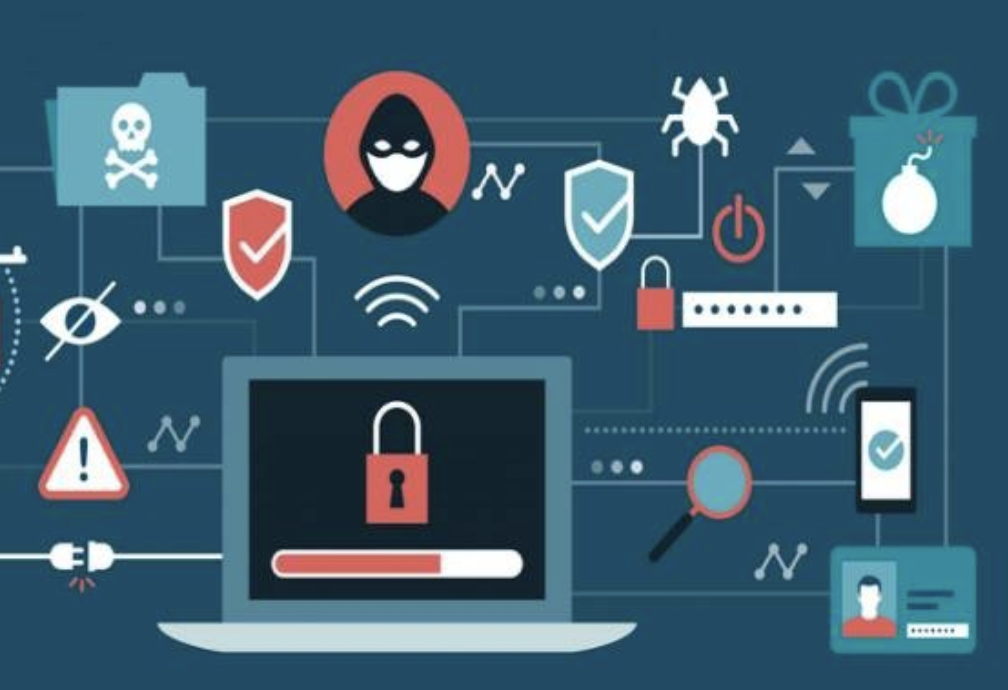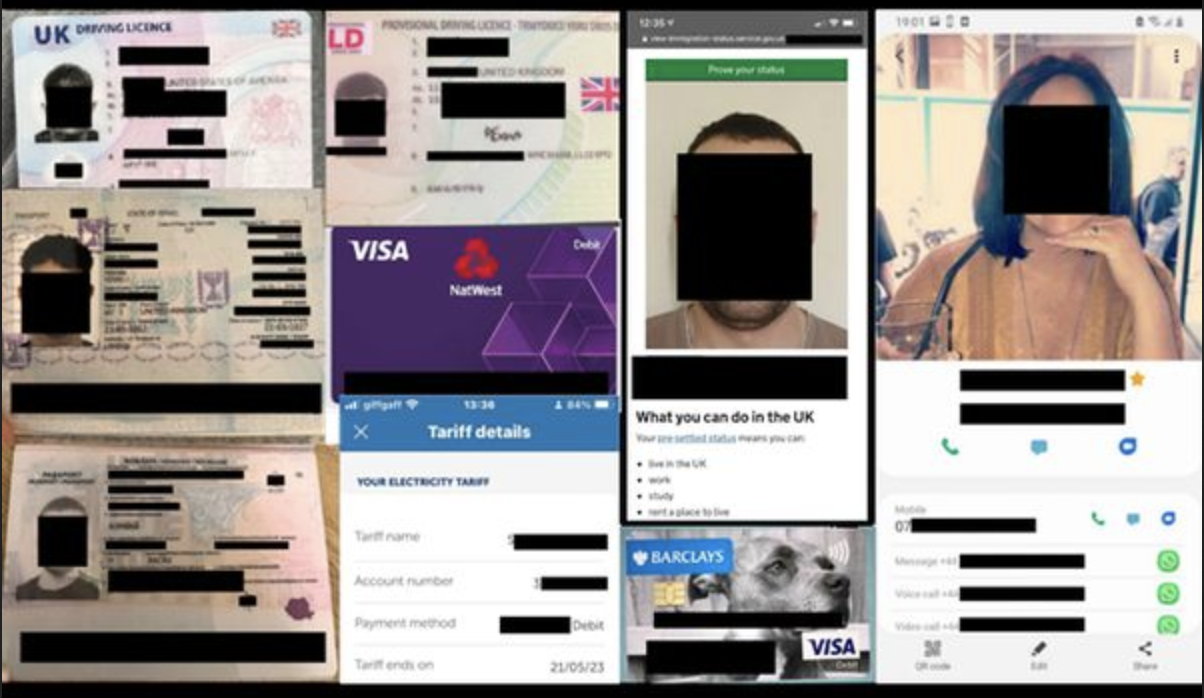
Examining the Intersection of Electric Mobility and Cybersecurity in Light of QMerit’s Data Breach
As electric vehicles (EVs) gain momentum, the allure of home EV charging is increasingly enticing for environmentally-conscious drivers. Yet, amidst this transition towards greener transportation lies a critical consideration: the cybersecurity risks inherent in home EV charging infrastructure. Recent events, such as the data breach at EV charger installer QMerit, emphasize the necessity of robust cybersecurity protocols in protecting sensitive customer data. In this article, we delve into the cybersecurity landscape of home EV charging and the evolving threats facing the electric vehicle industry.
Unpacking Cybersecurity Challenges in Home EV Charging
Home EV charging stations offer unparalleled convenience, allowing EV owners to recharge their vehicles conveniently at their residences. However, the proliferation of connected devices and digital platforms introduces vulnerabilities that cybercriminals could exploit. From the EV charger hardware to associated mobile applications and online portals, each component of the charging ecosystem presents potential entry points for cyber threats.
QMerit’s Data Breach and Its Ramifications
QMerit, a prominent EV charger installer, falls victim to a data breach, compromising invoices and customer information. The QMerit breach underscores the tangible repercussions of inadequate cybersecurity measures within the EV charging industry. Customers’ personally identifiable information (PII) is laid bare, leaving them susceptible to identity theft, financial exploitation, and reputational harm. This serves as a stark reminder of the imperative to implement robust encryption, stringent access controls, and comprehensive security measures to safeguard sensitive data.
Future Cyber Challenges in Electric Vehicle Infrastructure
Looking forward, the widespread adoption of EVs introduces novel cybersecurity complexities. As EVs become more interconnected and autonomous, they become ripe targets for cyber attacks. Anticipated risks include:
- Vehicle Compromise: Cybercriminals may exploit vulnerabilities in EV systems to gain unauthorized access, compromising driver safety and privacy.
- Data Privacy: The vast trove of data collected by EVs raises concerns about privacy and unauthorized access to personal information.
- Charging Infrastructure Vulnerabilities: Home and public EV charging stations may become targets for cyber attacks, disrupting operations and compromising customer data.
- Supply Chain Risks: Vulnerabilities in the EV supply chain could be exploited to introduce malicious software or compromise vehicle components, undermining the security of EVs and charging infrastructure.
Mitigating Cyber Risks in Electric Mobility
To address these emerging threats, stakeholders in the electric vehicle industry must collaborate to develop and implement comprehensive cybersecurity strategies. This entails:
- Strong Encryption and Authentication Measures: Deploying robust encryption protocols and multifactor authentication to safeguard data transmission and access.
- Regular Security Audits: Conducting frequent audits to identify and rectify vulnerabilities in EV systems and infrastructure.
- Education and Awareness: Raising awareness among consumers, manufacturers, and service providers about cybersecurity best practices and the importance of vigilance.
- Regulatory Compliance: Establishing industry standards and regulations to ensure the security and privacy of EVs and charging infrastructure.
By proactively addressing cybersecurity risks and fostering collaboration, stakeholders can fortify the electric vehicle ecosystem against cyber threats. As the EV revolution continues to unfold, prioritizing cybersecurity will be essential to ensure the integrity, resilience, and trustworthiness of electric mobility solutions.

Our team of writers, armed with a healthy dose of caffeine and an overflowing imagination covers wacky and weird news. From politics to pop culture, from bizarre headlines to analysis, we take a sideways glance at the world’s happenings, delivering news in a way that’s informative, entertaining, and occasionally eyebrow-raising.




